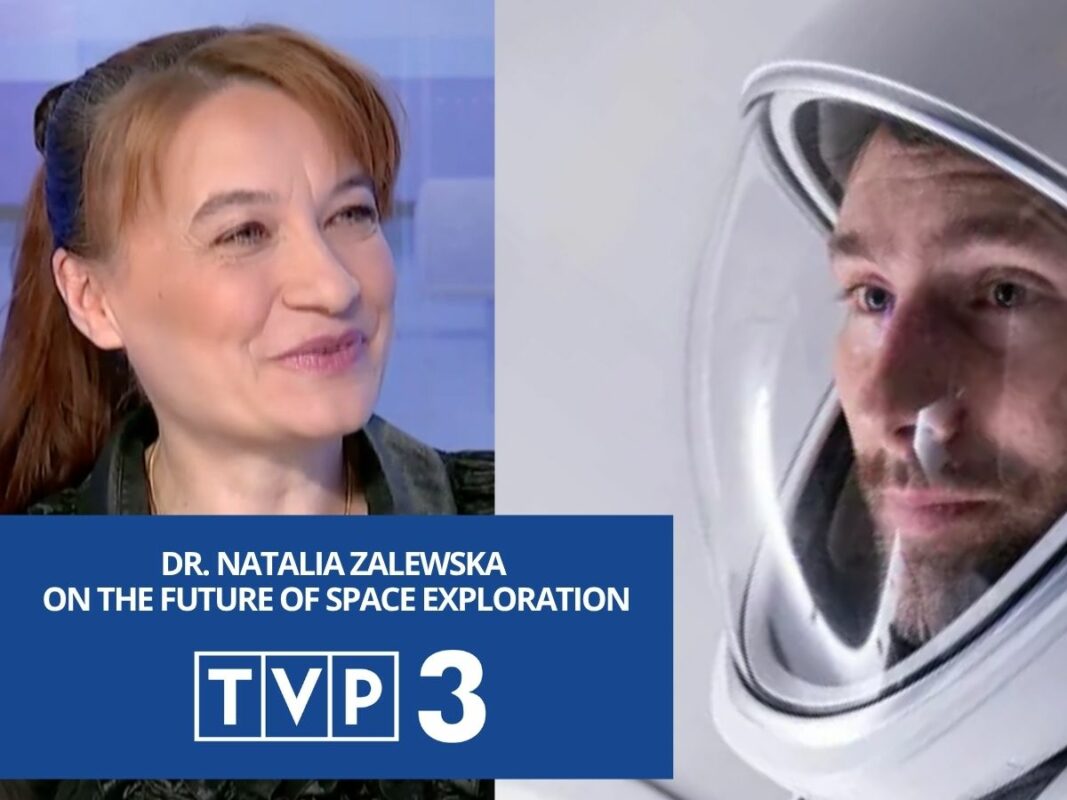We are pleased to announce that Dr. Natalia Zalewska, co-founder of MIRORES and researcher at the Space Research Center of the Polish Academy of Sciences (PAS), has co-authored a new publication in Remote Sensing.
The article, titled “Meridiani Planum Mineralogy Along Part of the Opportunity Rover Track Based on the Mini-TES Spectrum”, examines data collected by NASA’s Opportunity Rover during its mission in Meridiani Planum, exploring mars.
Key Findings
- Using infrared data from the rover’s Mini-TES spectrometer, the research team analyzed the mineralogical composition along selected parts of Opportunity’s route. Their findings highlight:
- Variations in hematite content, suggesting that some Martian spherules — commonly known as “blueberries” — may be devoid of hematite, a discovery that echoes similar phenomena observed on Earth.
- The possible detection of pyrite, a mineral often associated with economically valuable resources on Earth, raising new questions about Martian geochemical processes.
- Confirmation of widespread clay and basaltic minerals, consistent with previous studies but adding new depth to our understanding of local variations.
Why It Matters
These results provide fresh insights into the geological past of Mars, shedding light on processes that shaped not only the Red Planet but also offer parallels to Earth’s own geological history. They also demonstrate how re-examining long-standing mission data can yield new scientific value even years after the rover’s operations ended.
Access the Publication
The article is open access and available in Remote Sensing:
👉 Meridiani Planum Mineralogy Along Part of the Opportunity Rover Track Based on the Mini-TES Spectrum



